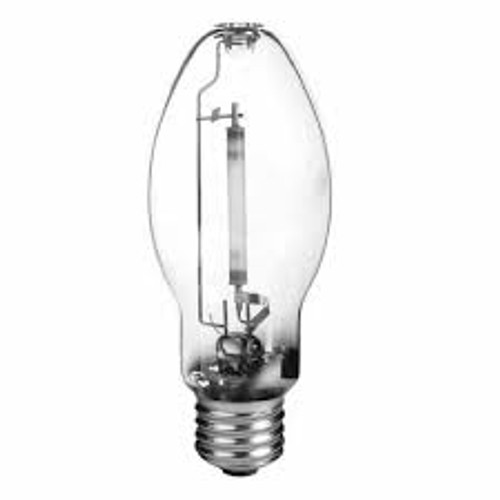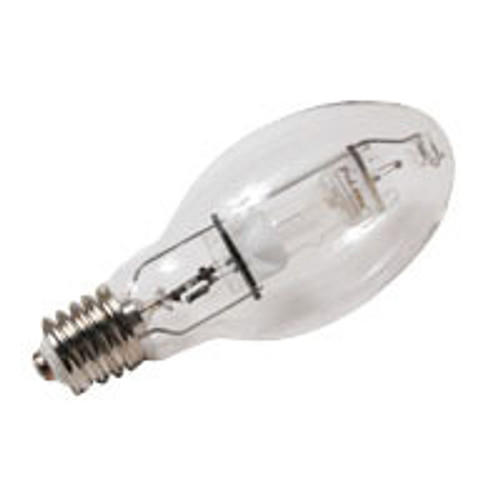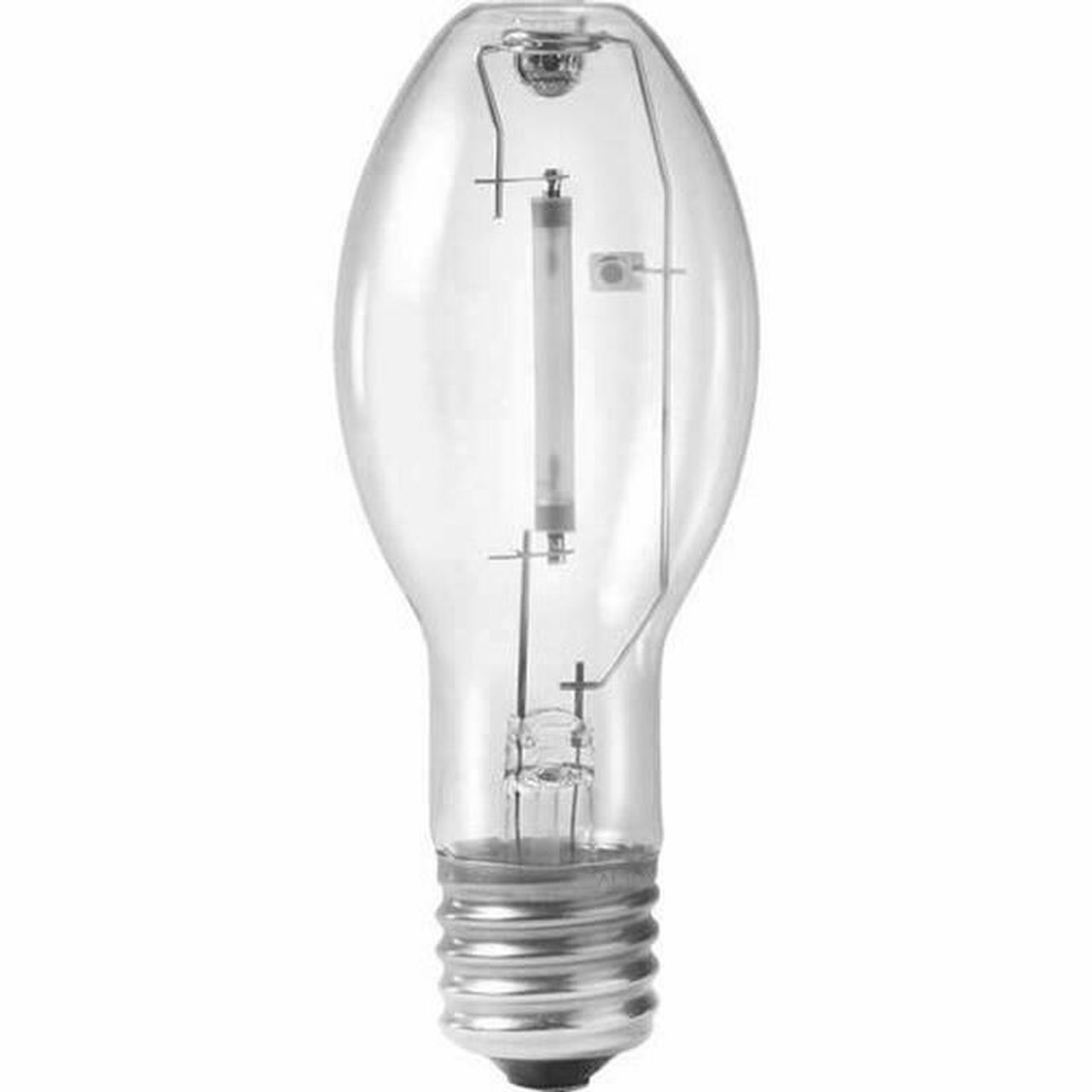-

General Electric
GE Lucalox PSL High Pressure Sodium (HPS) Lamp, 750W BUSD750GE | General Electric
Add to Cart$74.76 -

-

-

Ushio
Ushio HiLUX GRO 600W HPS Pro Plus Double-Ended Lamp US5003285 | Ushio
Call for PriceView Details -

-

-

Halco Lighting Technologies
Halco Lighting Technologies LU100/ECO 208124 100W LU ED23.5 Mog Prolume
Add to Cart$12.34 -

Halco Lighting Technologies
Halco Lighting Technologies LU100/MED/ECO 108108 100W LU ED17 Med Prolume
Add to Cart$10.63 -

Halco Lighting Technologies
Halco Lighting Technologies LU1000/ECO 279547 1000W LU ED25 Mog Prolume
Add to Cart$46.88 -

Halco Lighting Technologies
Halco Lighting Technologies LU100MED/M 344465/PH 100W LU ED17 Med
Call for PriceView Details -

Halco Lighting Technologies
Halco Lighting Technologies LU150/ECO 208126 150W LU ED23.5 Mog Prolume
Add to Cart$12.34 -

Halco Lighting Technologies
Halco Lighting Technologies LU150/MED/ECO 108110 150W LU ED17 Med Prolume
Add to Cart$10.94

HPS Light Bulbs
High Pressure Sodium Lamps (HPS Light Bulbs)
The HPS lamp is the most ubiquitous lamp for street lighting on the planet. The lamp is an improvement over the LPS lamp in that it has more acceptable color with the great efficiency of the sodium lamp. The better color rendering comes with a bit of sacrifice, it has less efficiency than the LPS. General Electric first developed the lamp in Schenectady, New York and Nela Park, Ohio. The first lamp came on the market in 1964.
How HPS Lights Work
The HPS lamp consists of a narrow arc tube supported by a frame in a bulb. The arc tube has a high pressure inside for higher efficiency. Sodium, mercury and xenon are usually used inside the arc tube. The arc tube is made of aluminum oxide ceramic which is resistant to the corrosive effects of alkalis like sodium.
The lamp comes in variations, but the most common way to start the lamp is with a pulse start. There is an ignitor built into the ballast which sends a pulse of high voltage energy through the arc tube. This pulse starts an arc through the xenon gas. The lamp turns sky blue as the xenon lights. The arc then heats up the mercury and the mercury vapor then lights, giving the lamp a bluish color. The lamp heats and the sodium is the last material to vaporize. The sodium vapor strikes an arc over 240 C. The sodium is mixed with other impurities to create a more "white" light. The mercury helps add a blue spectrum light to the pure yellow of the sodium.
Advantages and Disadvantages of HPS Bulbs:
Advantages of HPS Light Bulbs:
- Good efficiency (lumens per watt)
- Smaller size than LPS or fluorescent, the HPS fits into many fixture types
- Can be retrofitted into older Mercury Vapor fixtures
- Better bulb life than LPS lamps
Disadvantages of HPS Light Bulbs:
- Still has a bad color rendering compared to metal halide and halogen lamps
- Requires a lossy ballast (inefficient) that operates a low arc voltage of 52-100V. This reduces the actual efficiency of the lamp when you count the whole system together.
HPS Statistics:
CRI 20-30
80-140 lumens per watt
Bulb Life: 24,000
How to Dispose HPS Light Bulbs
The Sodium in these lamps is a highly volatile substance. When exposed to air the sodium may explode. The sodium lamp should not be disposed of in normal the normal garbage disposal. There have been many cases of garbage trucks catching fire when the bulbs in the back broke. Sodium lamps also contain mercury. The newer LPS lamps contain less mercury than before, but this has effected performance negatively.
Top-Rated HPS Light Bulb Supplier
Lightingandsupplies.com is a lighting distributor of Indoor & Outdoor Commercial and Residential light fixtures and light bulbs. Based in the US, we carry the top LED lighting brands like EiKO, RAB Lighting, MaxLite, naturaLED, Westgate Lighting and more of the Top Lighting Manufacturers in the United States. We also carry a wide variety of Horticulture products by Hydrofarm, along with ceiling fans by RP Lighting+Fans and Emerson Ceiling Fans. Lightingandsupplies.com also provides rebate programs, expert lighting design advice, and lighting audits for large projects. As a wholesaler, authorized dealer and bulk distributor of lighting products, we take pride in our customer-focused 100% satisfaction guarantee and return policy.
For more information, call 888-325-4448 or email: info@lightingandsupplies.com.
